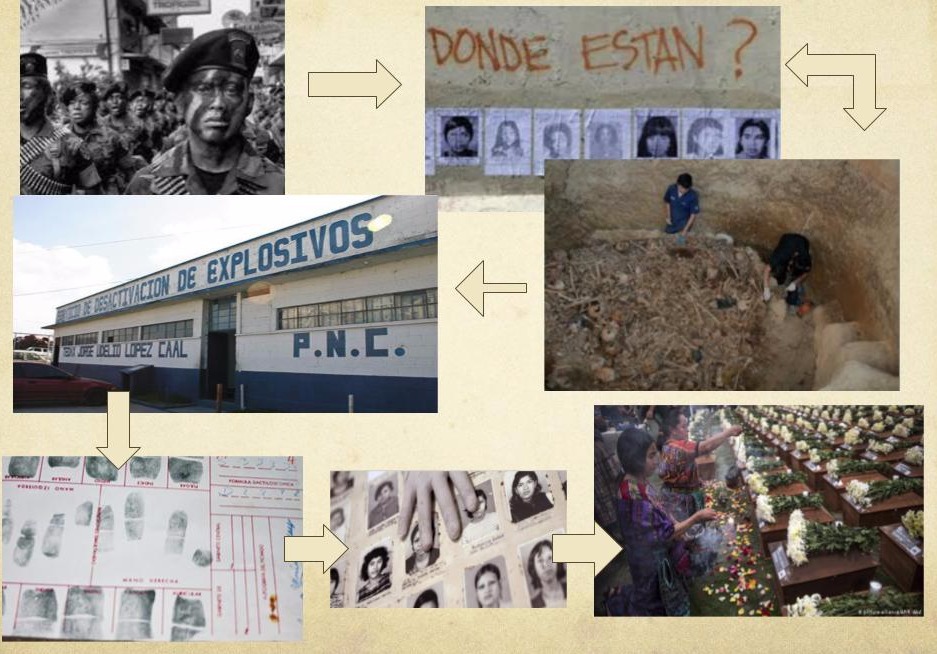From Silent Remains to Personal Memory
The composition of this archive is terrifyingly detailed. Photos and even fingerprints of the disappeared were recovered. Indeed, the discovery of the archive initiated an amazing (though commonplace) transposal of these materials from instruments of complicity and terror to the gradual recovery of the memory of individuals who had disappeared and collectively formed a monument of perseverance for the Guatemalan people and their eventual triumph over political terror.
